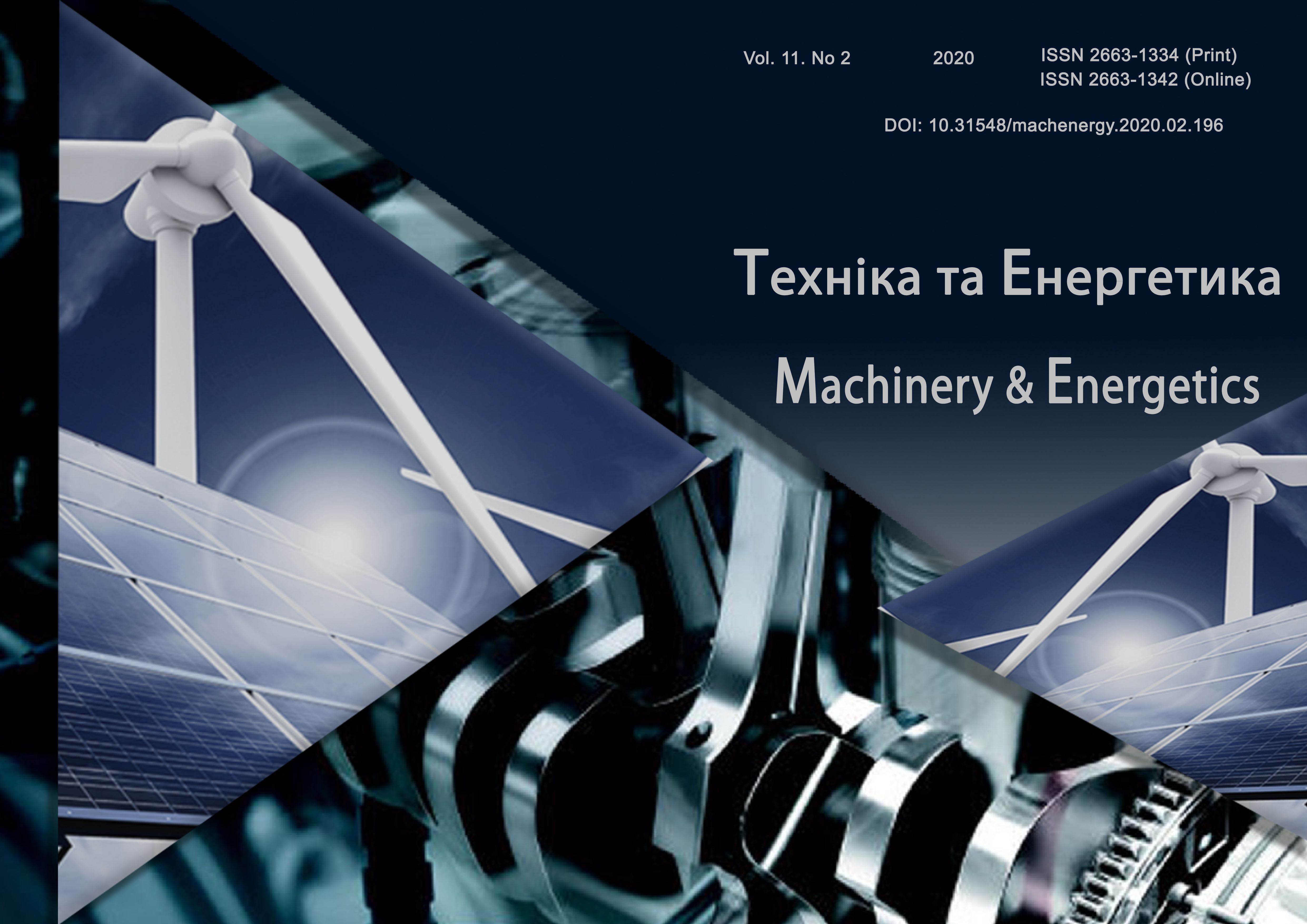Modern technologies and technical means for feeding cattle
DOI:
https://doi.org/10.31548/machenergy2020.02.137Keywords:
feeding, feed, machinery, technology, cattle.Abstract
The intensive development of agriculture contributed to the evolution of technical means for feeding dairy cattle. In order to have high profitability, it is not enough just to feed high-quality feed to animals. Modern livestock complexes need technical means to ensure their accurate dosing and modern distribution methods. The use of automated feeding systems allows to save concentrated feed, increase the efficiency of their use and reduce the risk of diseases in cows caused by metabolic disorders.
Practical experience shows that if all technological methods of using various types of automated feeding systems are observed, milk yield can be increased up to 10% due to increased feed use efficiency and preservation of animal health.
With a tethered method of keeping, providing each cow with the necessary amount of concentrated feed in accordance with its productivity and phase of the biological cycle is possible only with their individual differentiated distribution.
References
Official site of DeLaval (2020). [Electronic resource]. Access mode: https://www.delaval.com/en-ie/our-solutions/feeding/feed-stations/delaval-feed-stations-fsc40-and-fsc400.
Official site of GEA Farm Technologies GmbH (2020). [Electronic resource]. Access mode: https://www.gea.com/ru/productgroups/farm-equipment/automatic-feeding/index.jsp.
Lely official website (2020). [Electronic resource]. Access mode: https://www.lely.com/solutions/ feeding / vector.
Official site of Pellon Group (2020). [Electronic resource]. Access mode: https://www.pellon.fi/ru.
Official site of Trioliet (2020). [Electronic resource]. Access mode: https://products.trioliet.com/ stationary-feed-mixers.html
Naumenko O. A., Chigrin A. A., Paliy A. P. (2015). Robotic systems in animal husbandry: a textbook. Kharkiv . Petro Vasylenko KhNTUSH. 171.
Smolyar V., Yasenetsky V. (2013). Review of farm combines. Machinery and technologies of agro-industrial complex. № 2. pp. 14-16. Access mode: http://www.irbis-nbuv.gov.ua/cgi-bin/irbis_nbuv/ cgiirbis_64.exe?C21 COM = 2 & I21DBN = UJRN & P21DBN = UJRN & IMAGE_FILE_DOWNLOAD = 1 & Image_file_name = PDF3 Titapk.
Fenenko A. I., Tkach V. V., Tkachuk S. V. (2015). Prospects and technical and technological support of the dairy industry. Scientific Bulletin of the National University of Life and Environmental Sciences of Ukraine. Series: machinery and energy of agro-industrial complex. Kyiv. Vol. 212. Issue 2. 27-35.
Khmelovsky V. S., Potapova S. Ye. (2018). Technological and technical prerequisites for the preparation of quality feed for cattle. Proceedings of the Tavriya State Agrotechnological University. T. 18. Vol. 2. 248-257.
Khmelovsky V. S. (2013). Promising technological solutions for the preparation of feed for feeding cattle. Scientific Bulletin of the National University of Life and Environmental Sciences of Ukraine. Series: machinery and energy of agro-industrial complex. Vol. 185(2). 390-394.
Khmelovsky V. S. (2019). Trends in the preparation of feed mixtures for cows in the livestock farm. Machinery & Energetics. Journal of Rural Production Research. Kyiv. Vol. 10. № 1. 35-40.
Downloads
Published
Issue
Section
License
Relationship between right holders and users shall be governed by the terms of the license Creative Commons Attribution – non-commercial – Distribution On Same Conditions 4.0 international (CC BY-NC-SA 4.0):https://creativecommons.org/licenses/by-nc-sa/4.0/deed.uk
Authors who publish with this journal agree to the following terms:
- Authors retain copyright and grant the journal right of first publication with the work simultaneously licensed under a Creative Commons Attribution License that allows others to share the work with an acknowledgement of the work's authorship and initial publication in this journal.
- Authors are able to enter into separate, additional contractual arrangements for the non-exclusive distribution of the journal's published version of the work (e.g., post it to an institutional repository or publish it in a book), with an acknowledgement of its initial publication in this journal.
- Authors are permitted and encouraged to post their work online (e.g., in institutional repositories or on their website) prior to and during the submission process, as it can lead to productive exchanges, as well as earlier and greater citation of published work (See The Effect of Open Access).

